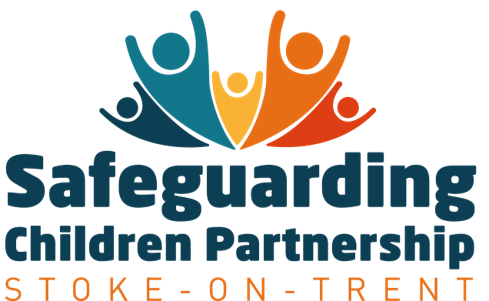Professionals
Digital safeguarding
The internet is a great way for children and young people to connect with others and learn new things. As interactions between people are increasingly taking place on-line it is essential that we safeguard children as robustly in the digital world as we do in the real one. We can do this through:
- Promoting safe on-line behaviour to children, young people and their families
- Listening to children and families when they talk about their experiences in the digital world
- Taking children, young people and their families’ on-line activity and networks into account when assessing, planning and providing support
Children, young people and their families go online for a variety of reasons, including:
- To search for information or content on search engines
- Share images and watch videos through websites or mobile apps
- Use social networking websites
- Write or reply to messages on forums and message boards
- Play games alongside or with others through websites, apps or games consoles
- Chat with other people through on-line, games, messenger apps, games consoles, webcams, social network, and other instant communication tools
- Find new friends and partners
The digital world is accessed through a variety of mediums, including tablets, lap-tops, phones, games consoles, TVs. There are lots of benefits in going on-line, and also some risks. These risks include:
- Exposure to and sharing of explicit material (including sexting)
- Grooming
- Radicalisation
- Exploitation
- Identity theft
- Cyber-bullying
- Cyber-hacking
It’s important that as online activity is an increasingly significant part of children’s lives, we include this in our work with them. Practitioners should feel confident in talking with children, young people and their families about their on-line choices and interactions, such as:
- How they share their personal information on-line: privacy settings, contact details, location / geotagging
- On-line behaviours: sharing inappropriate images (e.g. sexting), online bullying or harassment; meeting up with on-line friends or potential partners,
- On-line networks and relationships: online friendships and support networks, genograms and ecomaps
Advice and Resources
- CEOP Thinkuknow provides advice for parents and carers, children and young people, and those that work with them.
- NSPCC Online Safety has further advice and tools.
- Online Abuse and Bullying prevention Guide for professionals working with young people
- CEOP is there to support young people, parents and carers while surfing online, and offers help and advice on topics such as cyberbullying, hacking and harmful content
It also enables people to immediately report anything on-line which they find concerning, such as harmful or inappropriate content, or possible grooming behaviour.
